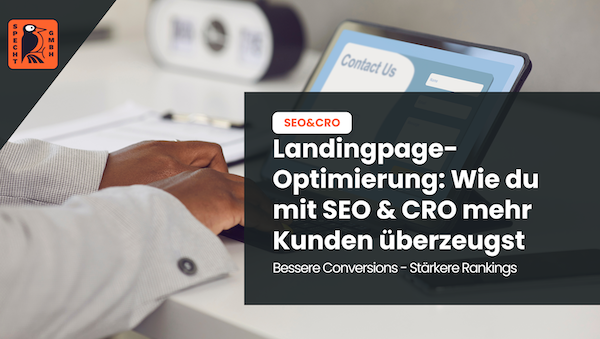In a nutshell: What is an ALT text?
The Alt text (alternatively also known as Alt tag or Alt attribute) helps to mark images and graphics. It is used in conjunction with search engine optimization an important parameter and especially for onpage optimization indispensable.
What is an ALT tag?
Alt text is much more than just any element. Nowadays, it is an important part of HTML standards and is also known as the alt tag or alt attribute. If an image or graphic is included on a website, the Alt
text is also set. It is indispensable for making a page accessible.
Ideally, the text describes 1:1 what exactly can be seen on the image or graphic. If an image or graphic is included on a website, the alt text is also set. It is essential to make a page accessible. Ideally, the text describes 1:1 what exactly can be seen on the image or graphic.
-
Free
SEO strategy meeting
In a free SEO strategy consultation, we uncover untapped potential and develop a strategy to make you more successful on Google.

- More organic visibility
- More organic visitors to your website
- More inquiries & sales
Why is an ALT tag necessary?
Screen readers are also capable of reading Alt texts independently and read them aloud. This is a great advantage if, for example, a person with a visual impairment is sitting at a computer.
This tells the person what is shown on the image. If no images are read for any reason, the old text is also displayed at this point.
What advantages does an alt tag offer for SEO?
Search engines use the alt text to correctly classify the content of an image. Although they index the image for the image search, they are still dependent on a meaningful description text. This is evaluated by the crawler and the image is listed accordingly in the search results. It is therefore all the more important that an image is provided with a sensible and meaningful alt text.
During on-page optimization, the image must be examined closely and its content entered in the alt tag. If an alt text is missing, in the worst case the visitor can leave the page again, which results in a poor BOUNCE RATE can result. So if you label your images properly with alt texts, you can definitely generate traffic from the image search in the long term.
- Do you know my SEO newsletter?
Register now and receive regular tips from the experts.
Where and how is the alt tag inserted?
Alt texts are a direct component of the HTML source text and are located directly next to the corresponding image link.
The following is an example:
<img src=“/img/dateiname.jpg“ alt=“Relevanter Alt Text“>
The alt text is entered directly after the "alt" tag.
What content should an ALT tag have?
There are no limits when it comes to the description and content of an image. However, webmasters should remember to describe an image as precisely and concisely as possible. For example, if the image shows a vanilla sundae with whipped cream, the image can also contain the alt text "Vanilla sundae with whipped cream". A short and precise description.
Large graphic areas such as background graphics, on the other hand, do not require an alt tag and can remain empty.
Tip: If targeted SEO measures are carried out on a subpage, it makes sense to also add the central keyword to the alt text. This gives you extra points in terms of search engine optimization.
- I am one of the leading SEO experts in Germany
I am known from big media such as Stern, GoDaddy, Onpulson & breakfast television and have already worked with over 100+ well-known clients successful on Google.
Google rating
Based on 185 reviews
Trustpilot rating
Based on 100 reviews
Conclusion: What is an ALT tag?
Alt text describes an image or graphic and is useful for increasing the search engine friendliness of a page. But also in terms of accessibility, impaired people with screen readers are given the opportunity to learn more about the content of images. The alt text should be short, concise and relevant.






